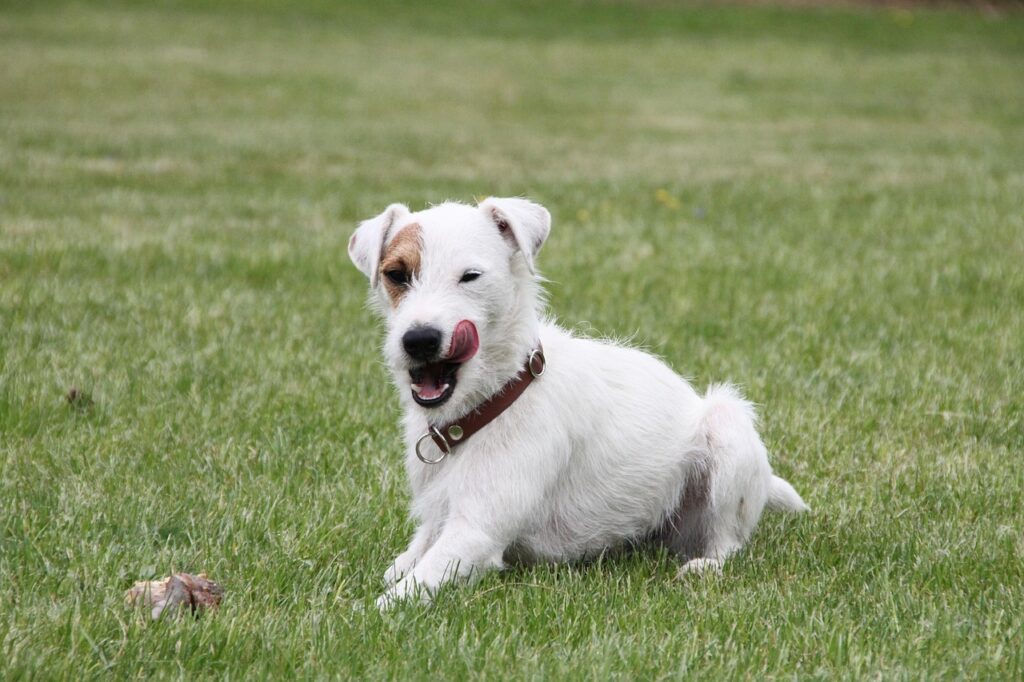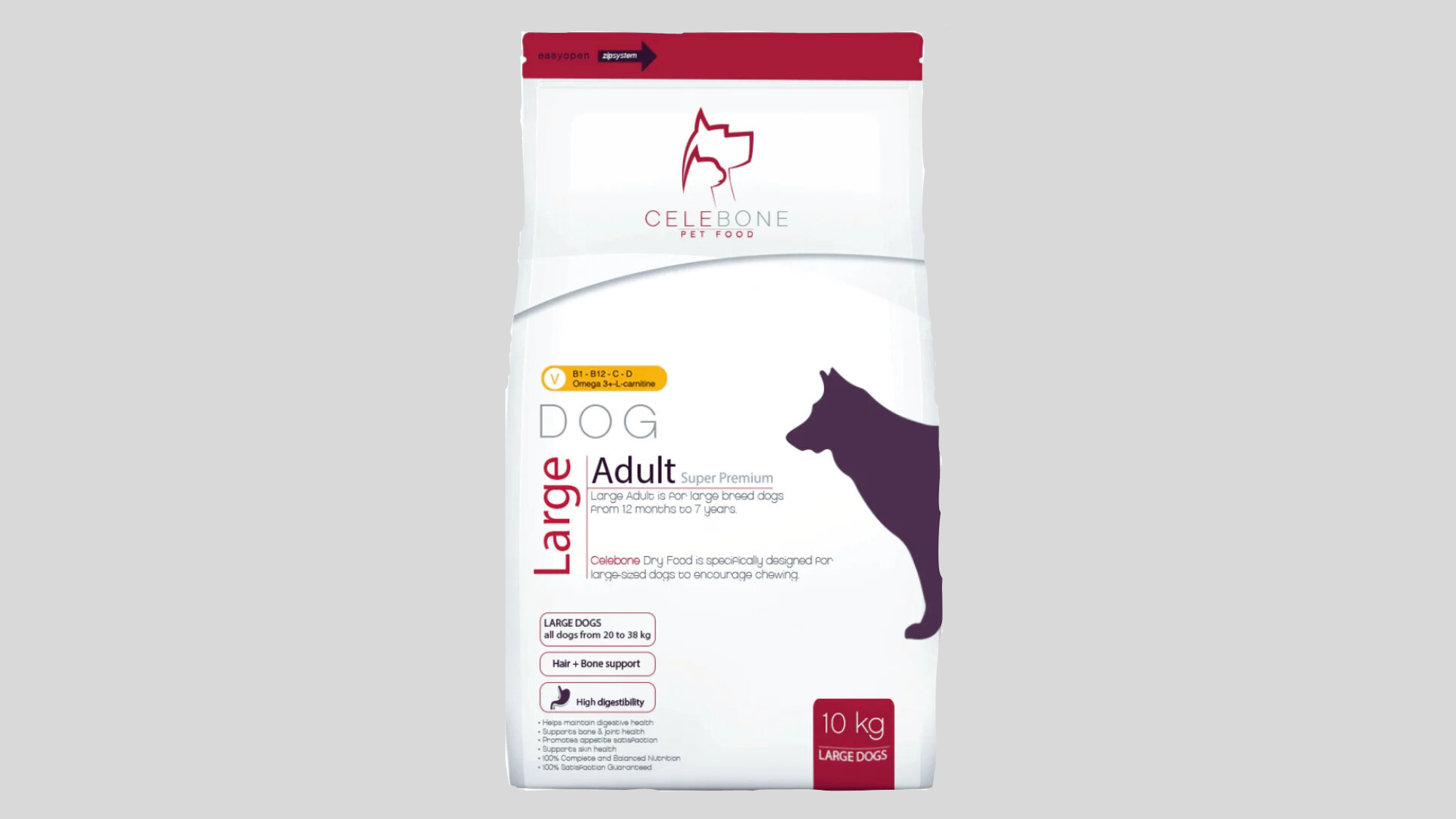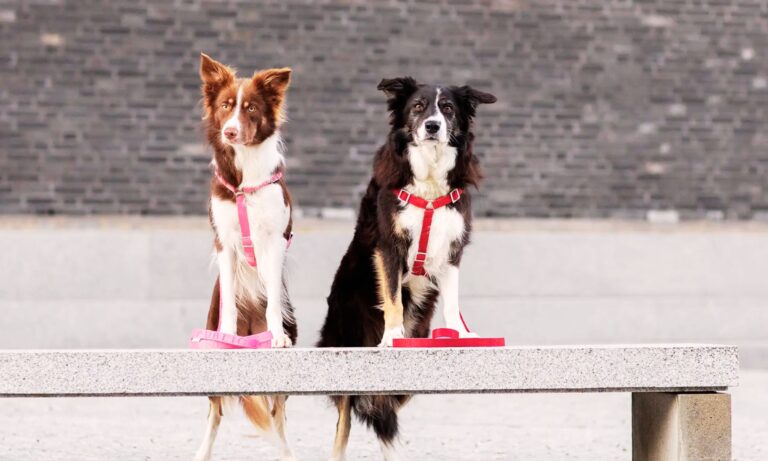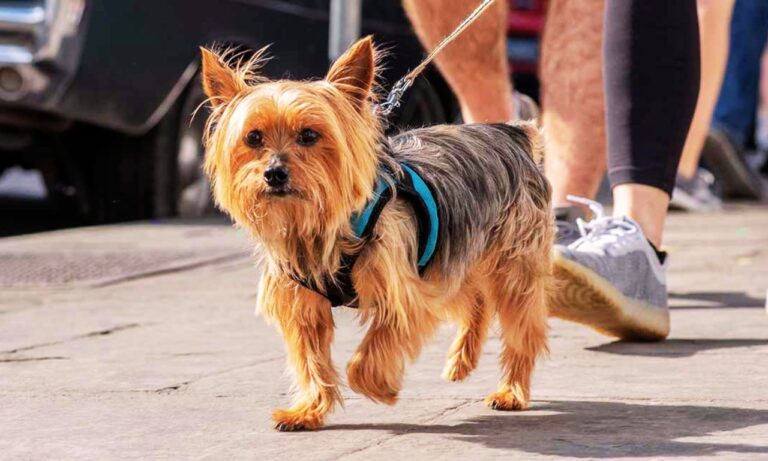It happens to the best of us—a shopping mix-up leaves you with a bag of dog food meant for large breeds, even though you own a small or medium-sized dog. While this mistake can be frustrating, it doesn’t necessarily spell disaster for your pet’s diet.
I’ll explore the differences between large breed dog food and regular formulas, discuss potential impacts on your dog, and provide practical advice on what steps to take if you accidentally bought large breed dog food. By understanding the nuances of dog nutrition, you can decide whether to use the food, exchange it, or supplement it appropriately.
Explore the best dog collars for French Bulldogs to keep them comfortable while ensuring durability and style.
Blog Highlights
ToggleUnderstanding Dog Food Formulations

Dog food is not one-size-fits-all. Manufacturers design formulas to cater to specific nutritional needs based on breed size, age, and activity level. Large breed dog food is formulated with a focus on supporting slower growth rates, joint health, and proper metabolism in dogs that typically weigh over 25–30 kg (55–66 lbs) as adults.
Key Differences in Formulation
Caloric Density:
Large breed formulas often contain fewer calories per cup. This is because large breed puppies grow more slowly than small breed puppies, and a controlled calorie intake can help prevent rapid weight gain and reduce the risk of joint stress.
Calcium and Phosphorus Levels:
Proper mineral balance is critical for growing dogs. Large breed formulas are adjusted to provide a lower calcium-to-phosphorus ratio to avoid skeletal abnormalities. In contrast, small breed foods might have higher levels to support faster growth rates.
Fat and Protein Content:
Although both small and large breed diets require quality protein, the proportions differ. Large breed foods may have slightly lower fat and protein levels to match the slower energy demands of larger dogs and prevent obesity.
Kibble Size and Texture:
Kibble for large breeds is often larger and denser to encourage slower eating and reduce the risk of gulping, which can lead to bloat. The texture and size might not be ideal for small breeds or puppies, who can struggle with larger pieces.
The Impact on Your Dog

If you’ve accidentally purchased large breed dog food and you have a small or medium-sized dog, the potential impacts depend on several factors:
Nutritional Adequacy
While large breed formulas are designed to be complete and balanced, they are tailored for the growth and energy levels of larger dogs. Feeding this food to a small dog may result in:
- Lower Calorie Intake: Your pet might not get enough energy if the caloric density is too low for their needs. Small dogs often require more calories per kilogram of body weight.
- Suboptimal Growth: For puppies, especially, proper mineral and nutrient levels are crucial. A small breed puppy eating food formulated for large breeds might not receive the optimal levels of calcium, phosphorus, or other growth-supporting nutrients.
- Differences in Fat Content: If the fat content is lower, your pet might not feel as satiated or energetic, which can be a concern for active small breeds.
Digestive Considerations
The physical characteristics of the kibble can also affect your pet’s eating experience. If the pieces are too large, your dog may have difficulty chewing or might eat too quickly, potentially leading to digestive discomfort or choking hazards.
Find the best dog collars for Dachshunds that accommodate their long bodies and prevent strain on their necks.
Long-Term Health Effects
Over time, consistently feeding a diet not suited to your dog’s specific needs can contribute to issues such as:
- Obesity or Underweight: Depending on your dog’s metabolism and activity, an imbalance in calories can lead to weight problems.
- Joint or Skeletal Issues: Improper mineral ratios in growing puppies can impact bone development, though the occasional meal of large breed food is unlikely to cause permanent harm.
- Overall Energy Levels: A mismatch between dietary energy supply and your dog’s needs may affect their activity levels and overall vitality.
What to Do If You’ve Accidentally Bought Large Breed Dog Food
Before panicking, assess the situation based on your dog’s size, age, and current health status. Here are a few practical steps to help you manage this mix-up:
1. Check the Packaging and Nutritional Information
Start by reading the label carefully. Compare the nutritional profile of the large breed food with what your dog typically requires. Look at the calorie content, protein, fat, and mineral levels. If the differences seem marginal or your dog is on the larger side of the spectrum, you might be able to safely use the food temporarily.
2. Consider Your Dog’s Size and Age

- For Adult Small/Medium Dogs:
If your dog is already mature and you’ve been feeding them a well-balanced diet, a short-term use of large breed food might not cause significant issues. However, if your dog is particularly small or has a high metabolic rate, monitor their weight and energy levels closely. - For Puppies:
Young, growing puppies have very specific nutritional requirements. If you have a small breed puppy, the lower caloric density and altered mineral content of large breed food might not support optimal growth. In this case, it’s better to exchange the bag for one that’s specifically formulated for small or medium breeds.

3. Consult Your Veterinarian
If you’re unsure whether the large breed food is suitable for your pet—even on a temporary basis—it’s a good idea to consult your veterinarian. They can offer personalized advice based on your dog’s health history, growth trajectory (in the case of puppies), and energy levels. Your vet might suggest supplementing the large breed food with additional calories or nutrients if necessary.
4. Adjust Portions Accordingly
If you decide to use the large breed food, you may need to adjust the portion sizes. Since large breed foods often have lower calorie content per cup, you might be tempted to feed more. However, overfeeding can lead to digestive issues or weight gain if not done carefully. Consider the following:
- Monitor Body Condition: Use a Body Condition Score (BCS) chart to gauge if your dog is maintaining an ideal weight.
- Smaller, More Frequent Meals: Splitting the daily ration into more meals can help ensure that your pet receives adequate energy without overwhelming their digestive system.
5. Use It as a Temporary Solution
It might be best to view the large breed food as a temporary solution while you obtain the correct formula. If you have a large bag on hand, you could use it for a few days while arranging for a proper replacement, but make sure to transition back to your dog’s usual diet as soon as possible.
Get insights into what is best for Dachshunds: a collar or harness for their safety, comfort, and health during walks.
Potential Benefits and Downsides
While the situation is less than ideal, it’s worth noting that large breed dog food is still a complete and balanced meal designed with quality ingredients. In some cases, accidental use might not result in any noticeable issues, particularly if your dog is robust and the change is short-lived.
However, consistency in nutrition is key—small variations can have long-term implications, especially during critical growth phases in puppies.
Benefits
- Quality Ingredients: Large breed dog food is typically made with high-quality ingredients that meet nutritional standards.
- Balanced Nutrition: It is formulated to provide all the essential nutrients, even if the ratios are optimized for larger dogs.
Downsides
- Caloric Mismatch: Lower calorie density might not meet the energy needs of smaller or more active dogs.
- Mineral Ratios: The altered balance of calcium and phosphorus may affect growing puppies.
- Kibble Size: Larger kibble may be harder for small dogs to chew and digest.
Preventing Future Mix-Ups
Accidentally purchasing the wrong dog food can be stressful, but there are steps you can take to avoid similar issues in the future:

1. Double-Check the Label
Before purchasing, always check the label carefully for any indications of breed size, nutritional content, and feeding guidelines. If shopping online, read the product description and reviews to ensure it meets your pet’s needs.
2. Know Your Dog’s Nutritional Requirements
Keep a record of your dog’s ideal weight, energy levels, and any specific dietary recommendations provided by your veterinarian. This information will help you compare different products and ensure that you’re buying the correct formula.
3. Consult with a Vet or Pet Nutritionist
If you’re ever in doubt about which food is best for your pet, don’t hesitate to ask your veterinarian or a pet nutritionist. They can provide clear guidelines and help you interpret feeding charts and nutritional information.
4. Organize Your Pet Food Purchases
When you purchase dog food, try to stick with one brand and formula for a while before switching. This helps maintain consistency in your dog’s diet and reduce the chance of buying the wrong product.
To discover what activities bring joy to Australian Cattle Dogs, check out this detailed guide on What Do Australian Cattle Dogs Love.
Final Thoughts
Accidentally bought large breed dog food? Accidentally buying large breed dog food can be a hassle, but it’s not necessarily a crisis. By understanding the nutritional differences between formulas, considering your dog’s unique needs, and taking a few proactive steps, you can mitigate any potential issues.
Whether you choose to use the food temporarily or exchange it for a more appropriate option, the key is to keep your dog’s health and well-being at the forefront.
Understand if French Bulldogs can wear dog collars and how it affects their neck structure and overall health.
Remember, consistency in your dog’s diet is vital for their overall health. Regular check-ups with your veterinarian, careful monitoring of your dog’s weight and energy levels, and making informed choices based on reliable nutritional information will help ensure that your pet remains happy, healthy, and well-fed—even when unexpected mistakes occur.





